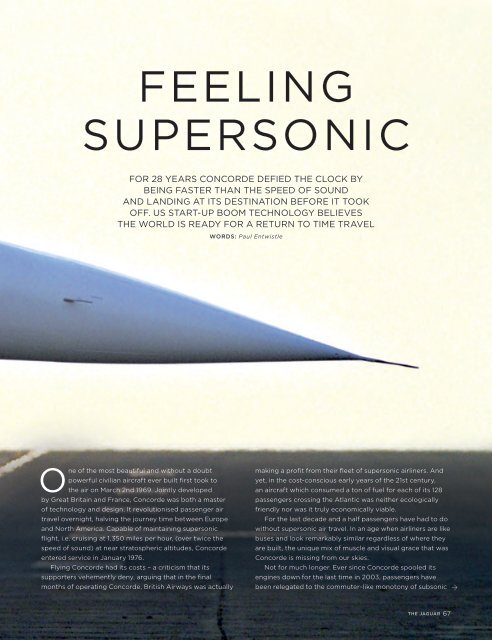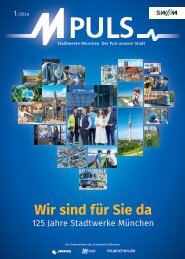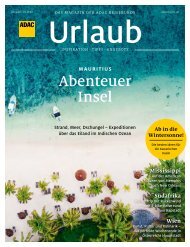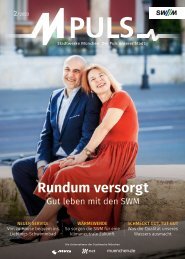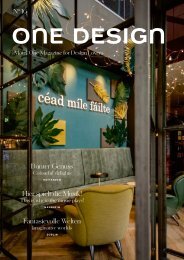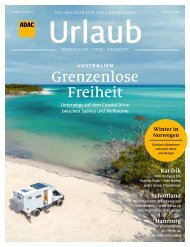Jaguar Magazine 03/2017 – English
Wir geben Gas! In London sorgt Automobiljournalist Guy Bird im brandneuen E-PACE für Aufsehen und zeigt uns ganz nebenbei nahezu unentdeckte Tipps in der britischem Hauptstadt – seiner Heimat. Warum sich der Jaguar XE bestens als Grundlage für den leistungsstärksten Jaguar mit Straßenzulassung aller Zeiten – den XE SV Project 8 – geeignet hat, hat uns David Pook erklärt, Leiter der Special Vehicle Operations bei Jaguar Land Rover. Lesen Sie mehr in der aktuellen Ausgabe THE JAGUAR 03.
Wir geben Gas! In London sorgt Automobiljournalist Guy Bird im brandneuen E-PACE für Aufsehen und zeigt uns ganz nebenbei nahezu unentdeckte Tipps in der britischem Hauptstadt – seiner Heimat. Warum sich der Jaguar XE bestens als Grundlage für den leistungsstärksten Jaguar mit Straßenzulassung aller Zeiten – den XE SV Project 8 – geeignet hat, hat uns David Pook erklärt, Leiter der Special Vehicle Operations bei Jaguar Land Rover.
Lesen Sie mehr in der aktuellen Ausgabe THE JAGUAR 03.
Create successful ePaper yourself
Turn your PDF publications into a flip-book with our unique Google optimized e-Paper software.
FEELING<br />
SUPERSONIC<br />
FOR 28 YEARS CONCORDE DEFIED THE CLOCK BY<br />
BEING FASTER THAN THE SPEED OF SOUND<br />
AND LANDING AT ITS DESTINATION BEFORE IT TOOK<br />
OFF. US START-UP BOOM TECHNOLOGY BELIEVES<br />
THE WORLD IS READY FOR A RETURN TO TIME TRAVEL<br />
WORDS: Paul Entwistle<br />
One of the most beautiful and without a doubt<br />
powerful civilian aircraft ever built first took to<br />
the air on March 2nd 1969. Jointly developed<br />
by Great Britain and France, Concorde was both a master<br />
of technology and design. It revolutionised passenger air<br />
travel overnight, halving the journey time between Europe<br />
and North America. Capable of maintaining supersonic<br />
flight, i.e. cruising at 1,350 miles per hour, (over twice the<br />
speed of sound) at near stratospheric altitudes, Concorde<br />
entered service in January 1976.<br />
Flying Concorde had its costs <strong>–</strong> a criticism that its<br />
supporters vehemently deny, arguing that in the final<br />
months of operating Concorde, British Airways was actually<br />
making a profit from their fleet of supersonic airliners. And<br />
yet, in the cost-conscious early years of the 21st century,<br />
an aircraft which consumed a ton of fuel for each of its 128<br />
passengers crossing the Atlantic was neither ecologically<br />
friendly nor was it truly economically viable.<br />
For the last decade and a half passengers have had to do<br />
without supersonic air travel. In an age when airliners are like<br />
buses and look remarkably similar regardless of where they<br />
are built, the unique mix of muscle and visual grace that was<br />
Concorde is missing from our skies.<br />
Not for much longer. Ever since Concorde spooled its<br />
engines down for the last time in 20<strong>03</strong>, passengers have<br />
been relegated to the commuter<strong>–</strong>like monotony of subsonic<br />
THE JAGUAR 67


